Ayahuasca ceremony
Why should an Ayahuasca ceremony be attended, what benefits do I get from it and how does this jungle practice work? You can find out all of this on this page.
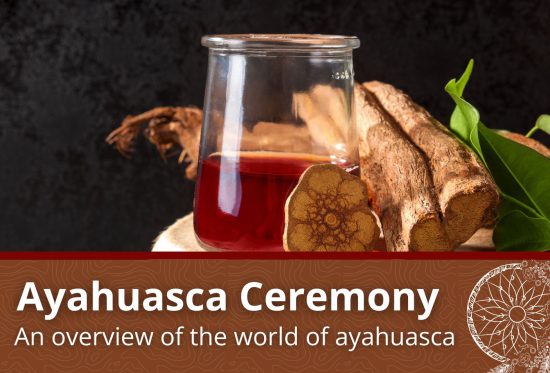
Inhalt
Ayahuasca Ceremonies: A Comprehensive Overview
1. Introduction: What is Ayahuasca?
Ayahuasca is a traditional shamanic blend used in the rainforests of the Amazon region. It typically consists of two main components: the vine Banisteriopsis caapi and the leaves of the Psychotria viridis plant. These two plants together contain psychoactive compounds including DMT (dimethyltryptamine) and harmine, which when combined produce an intense, often transformative experience.2. The history and cultural significance
Ayahuasca has a millennia-old tradition in the indigenous cultures of the Amazon region. For many indigenous peoples, such as the Shipibo-Conibo and the Ashaninka, Ayahuasca is a sacred remedy used for communication with the spirit world, healing and spiritual enlightenment. The ceremonies are led by experienced shamans, also called “curanderos” or “ayahuasqueros”, who use their knowledge and skills to guide participants through the often challenging and complex experience.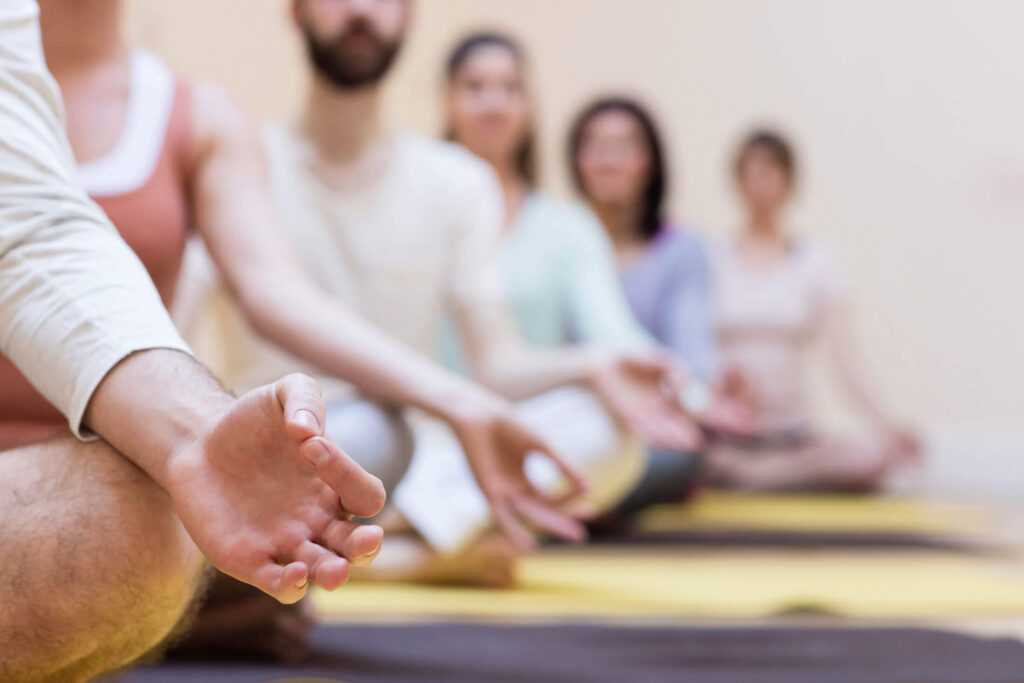
3. Preparation for the ceremony
Before participating in an Ayahuasca ceremony, there are several preparation steps recommended to ensure a safe and effective experience:
- Physical Preparation: It is often recommended to follow a special diet before the ceremony that avoids certain foods and substances in order to prepare the body for the effects of the ayahuasca. This diet, often known as the “ayahuasca diet,” typically excludes alcohol, caffeine, fatty foods, and certain medications.
- Mental Preparation: Participants should prepare mentally and emotionally for the ceremony by clarifying their intentions and recognizing that the experience can be intense and challenging. It is important to enter the ceremony with an open mind and a willingness to self-reflect.
- Health Check: Individuals with certain health conditions or those taking certain medications should be sure to consult with a healthcare provider beforehand, as ayahuasca can have interactions.
Newsletter
4. How Ayahuasca works
The effect of Ayahuasca arises from the combination of psychoactive substances contained in the plants:
- Dimethyltryptamine (DMT): DMT is a powerful hallucinogen that produces intense visual and emotional experiences. Because it is broken down in the gastrointestinal tract by monoamine oxidase (MAO), it is not psychoactive on its own. The combination with harmine prevents this breakdown and allows DMT to develop its effect.
- Harmine and harmaline: These compounds belong to the group of beta-carbolines and act as MAO inhibitors, making the DMT active ingredient bioavailable. Additionally, they themselves have psychoactive properties that contribute to the experience of visions and altered states of consciousness.
5. Procedure of a typical ceremony
The ceremony usually begins after dark and can last from several hours to an entire night. The process can vary, but typically a ceremony includes the following elements:
- Start of the ceremony: The guides often begin the ceremony with a detailed introduction to the retreat and the entheogenic substances used. They explain the retreat process, provide information about the origin and effects of Ayahuasca and explain the rules for setting an Ayahuasca ceremony. This is followed by a joint meditation. If desired, participants can take rapé to mentally prepare for the upcoming ceremony. Meanwhile, guides continue to prepare the setting by playing music and performing smudging to create a calming atmosphere and prepare participants for the experience ahead.
- Taking Ayahuasca: The mixture is served in the form of a drink. The dosage varies depending on the guide and the needs of the participants.
- Experience phase: After taking it, the effects of ayahuasca usually begin after around 30 to 60 minutes. The experience can include intense visual and emotional experience, with effects lasting several hours.
- Music and Inner Journey: During the ceremony, guides lead participants through a combination of live music and music from the speakers, which includes traditional songs and modern songs. This musical accompaniment is designed to direct energy and support participants on their inner journey and self-knowledge. Music plays a central role in creating the atmosphere and accompanying the participants through the ceremony.
- Follow-up: After the ceremony, there is often a time of reflection and integration in which participants can talk about their experiences and receive support to integrate what they experienced into their everyday lives.
6. Possible effects of Ayahuasca
Ayahuasca can have profound spiritual, emotional and physical effects:
- Spiritual Effects: Many participants report intense spiritual experiences, including visions of spiritual beings, insights into deeper truths, and a feeling of connection to the universe or the divine. The experiences can lead to personal transformation and expanded consciousness.
- Emotional Effects: Emotional breakthroughs are common. Participants can experience and process long-repressed emotions such as sadness, anger or joy. This emotional cleansing can lead to deeper understanding and better emotional balance.
- Physical Effects: Physically, Ayahuasca can cause nausea and vomiting, which in traditional practice is considered part of the cleansing process. Other physical reactions such as chills or hot flashes may also occur.’
- Psychological Effects: Ayahuasca can have both positive and challenging psychological effects, including altered perceptions, feelings of insight or knowledge, and occasionally fear or confusion.
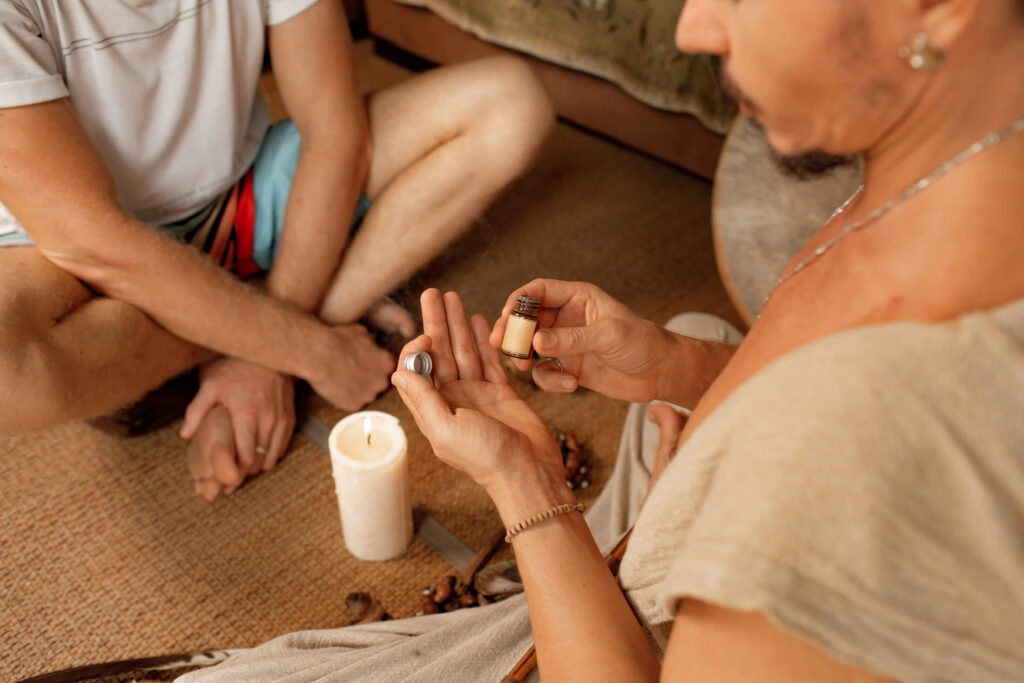
7. The role of Rapé in an Ayahuasca ceremony
Rapé is a traditional shamanic nasal powder made from a mixture of ground tobacco leaves and other plant components. It is often used together with Ayahuasca to support the spiritual process:
- Effects of Rapé: When Rapé is inhaled, the ingredients are quickly absorbed into the bloodstream. The effects can promote immediate clarity of mind and a deep connection to the spiritual experience of the Ayahuasca ceremony. It can also serve as a means of cleansing and grounding, bringing focus to spiritual work during the ceremony.
- Integration with Ayahuasca: Rapé can enhance the effects of Ayahuasca by clearing the mind and sharpening perception. It is often used to release emotional blockages and enable a deeper, focused experience.
- Experiences with Rapé: Experience with Rapé can vary greatly. Some report a quick feeling of cleansing and clarity, while others may experience an intense physical reaction or emotional release.
8. Different types of Ayahuasca ceremonies worldwide
Ayahuasca ceremonies vary in their practice and implementation depending on the cultural context and shamanic tradition:
- Amazon Region: In the Amazon region there are many different tribes that have their own specific ceremonies. The Shipibo-Conibo often use traditional icaros (songs) and focus heavily on the medicinal and healing aspects of the ceremony. The Ashaninka and other groups have their own rituals and preparations, which vary depending on local beliefs and traditions.
- Peru: Peru has numerous ayahuasca ceremonies led by different traditions and shamans. The “Santo Daime” community, which originated in Brazil, has also established a foothold in Peru and practices ayahuasca in a structured ritual context with a strong emphasis on Christian elements.
- Brazil: Particularly well known in Brazil is the “Santo Daime” religion, which uses ayahuasca in its religious services and follows a syncretic approach that integrates elements of Christianity, Afro-Brazilian religion and shamanism. There is also the “União do Vegetal”, which practices similar rituals but with a different focus.
- Western world: In recent decades, Ayahuasca has also spread to Western countries. These ceremonies are often less tied to traditional ethnic practices and focus more on personal healing and spiritual enlightenment. They are often performed by modern shamans or experienced leaders who focus on conducting the ceremony ethically and respectfully.
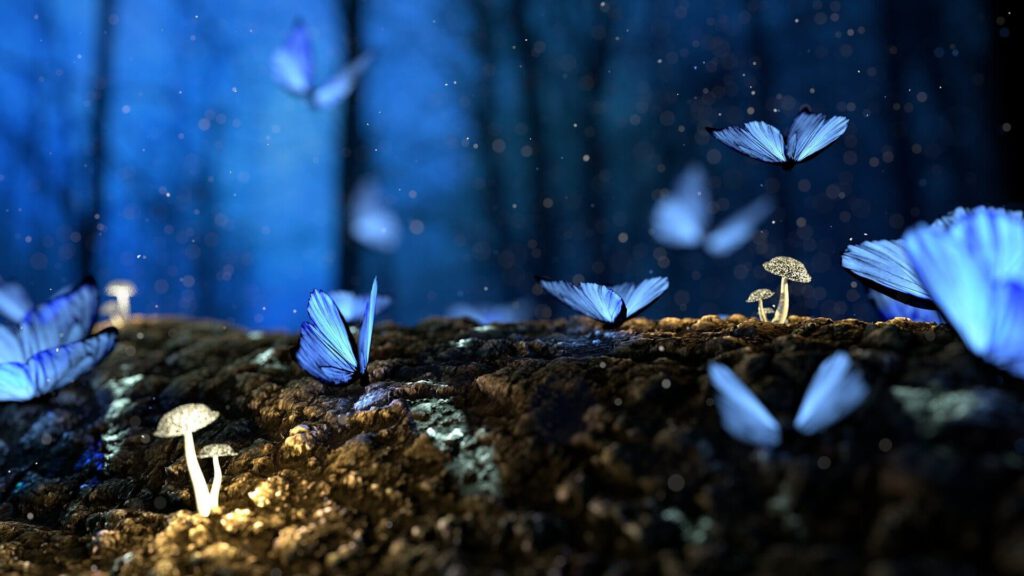
9. Comparable substances worldwide
In addition to ayahuasca, there are several other substances and practices that can produce similar psychoactive and spiritual effects:- Peyote: A cactus that contains mescaline. Peyote is traditionally used in ceremonies by indigenous peoples in North America, particularly the Huichol and Peyote Church Natives. The experience may also include visions and deep spiritual insights.
- Psilocybin Mushrooms: These mushrooms contain psilocybin, another powerful hallucinogen that can lead to similar visions and deep psychological insights. Psilocybin mushrooms are used worldwide in various cultures and modern contexts.
- San Pedro (Huachuma): Another cactus that contains mescaline and is used in the Andean regions of Peru and Ecuador. Ceremonies with San Pedro are often less intense than with Ayahuasca, but also offer profound spiritual experiences.
- Iboga: A psychoactive herb from the Central African region that contains ibogaine. Iboga is used in rituals of the Bwiti religion and can produce intense visions and spiritual experiences.
- DMT: In addition to ayahuasca, DMT is also consumed in the form of smoking or in crystalline form. The effects are usually very intense and short-lived, but also offer profound visionary experiences.
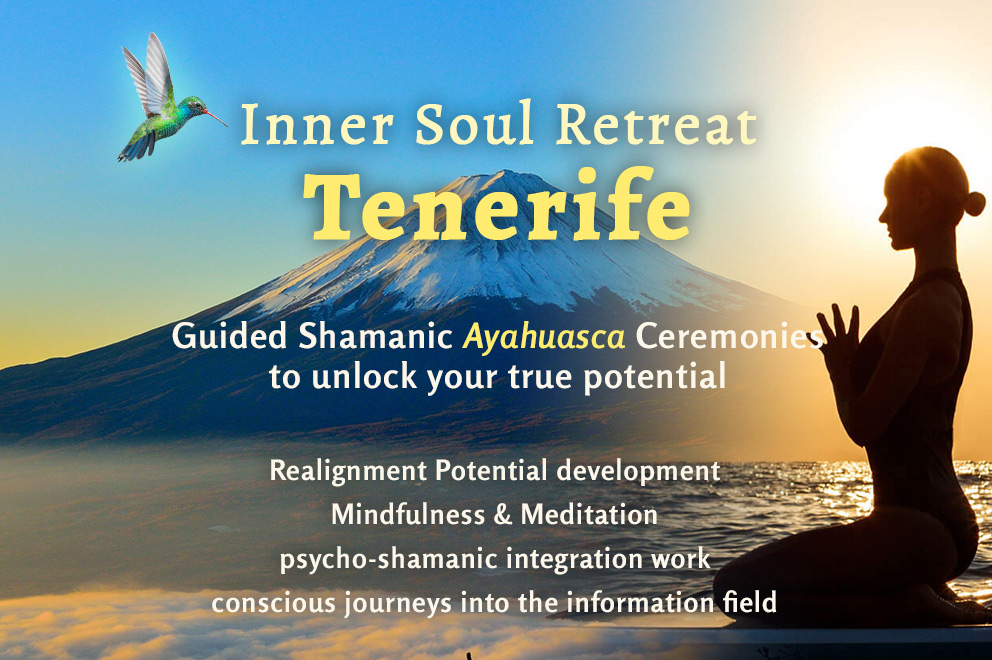
10. Safe Spirit Retreats
Safe Spirit conducts ayahuasca retreats in a way that combines ancient shamanic tradition, modern scientific knowledge and psychotherapy methods. The aim is to ensure a safe, respectful and holistic experience:
- Integration of tradition and science: The retreats combine traditional shamanic practices with current findings from modern psychology and psychotherapy. This includes good preparation of the participants, possible follow-up of the experiences and the integration of the insights gained into everyday life.
- Safety and support: Safe Spirit attaches great importance to the safety of participants, a good setting and offers comprehensive support from qualified guides.
- Ethics and Respect: Safe Spirit takes an ethical approach that maintains respect for the traditional roots of Ayahuasca practice while incorporating modern standards of safety and effectiveness. This also includes a transparent and respectful approach to the cultural and spiritual aspects of the ceremonies.
11. Conclusion
Ayahuasca ceremonies offer a unique opportunity for spiritual and personal development, but are complex and potentially challenging. Careful preparation, respectful treatment and responsible implementation are crucial for a positive and transformative experience. The decision to participate in an Ayahuasca ceremony should be well considered and informed to ensure the journey is safe and meaningful.
Book an Ayahuasca retreat
The information on this page regarding ayahuasca ceremonies and other entheogenic substances is for general information purposes only and is not a substitute for professional medical advice, diagnosis or treatment. Ayahuasca and other psychoactive substances can have significant physical and mental health effects. The effects can vary greatly from person to person and depend on many factors such as physical condition, mental health and personal expectations.
It is strongly recommended that you seek comprehensive medical advice from a qualified healthcare provider before participating in an Ayahuasca ceremony or using any other entheogenic substance. People with existing health problems or who are taking certain medications should exercise particular caution and learn about possible interactions and risks.
Disclaimer:
You use the information provided on this site at your own risk. The operators of this site assume no liability for any damage or health problems that may arise from participation in ayahuasca ceremonies or the use of other entheogenic substances. The information does not constitute a recommendation or endorsement and should not be considered a substitute for professional medical or therapeutic advice. Participation in such ceremonies should always be undertaken with caution and thorough personal responsibility. Each participant is responsible for his or her own decisions and actions in connection with the use of entheogenic substances. A qualified professional should be consulted for any specific questions or concerns regarding one’s health or participation in such ceremonies.
